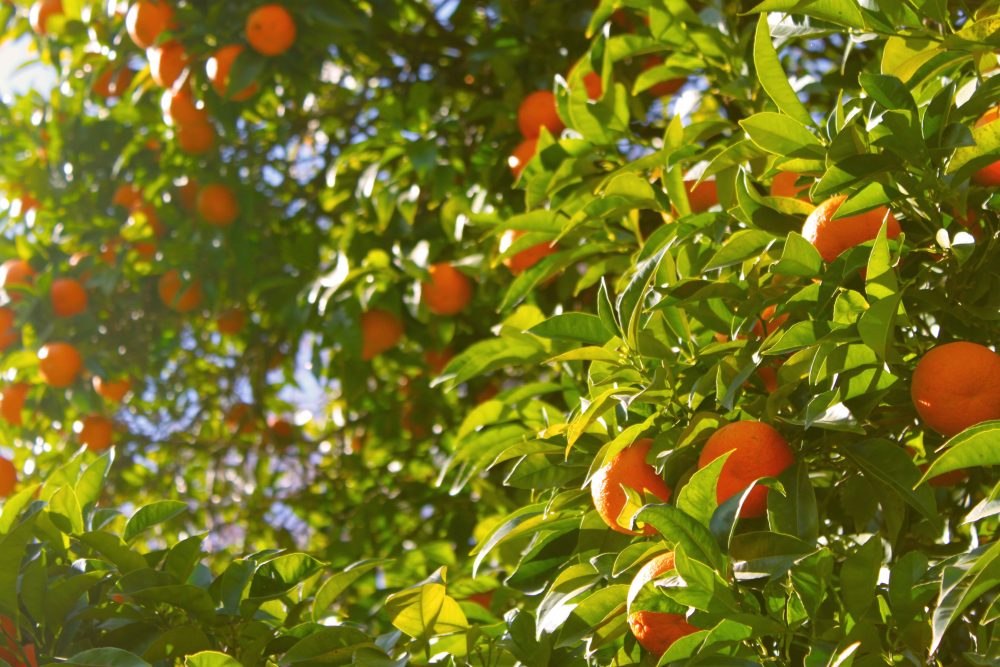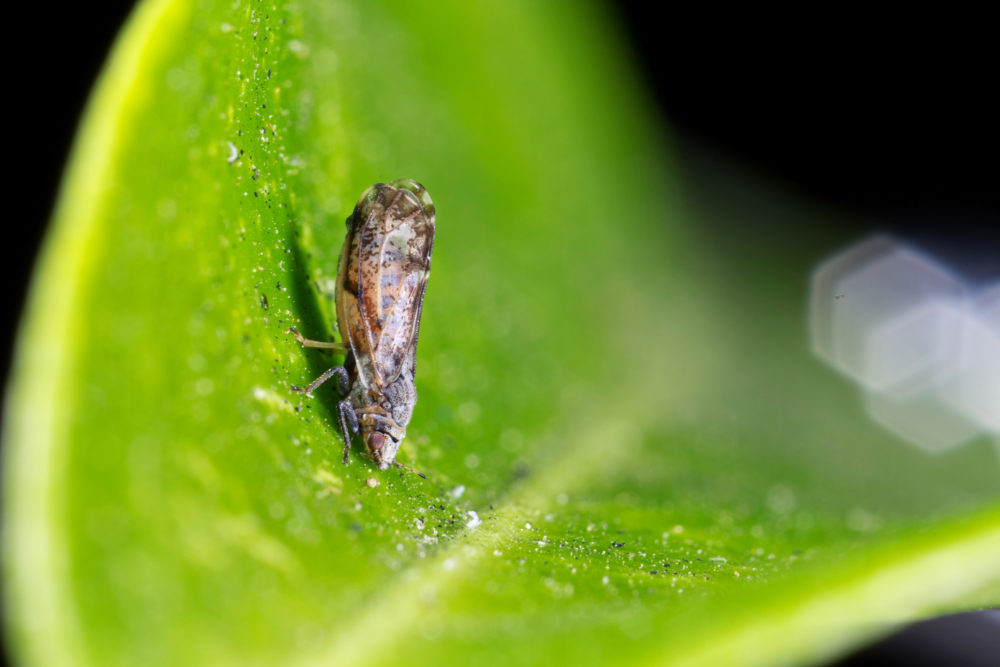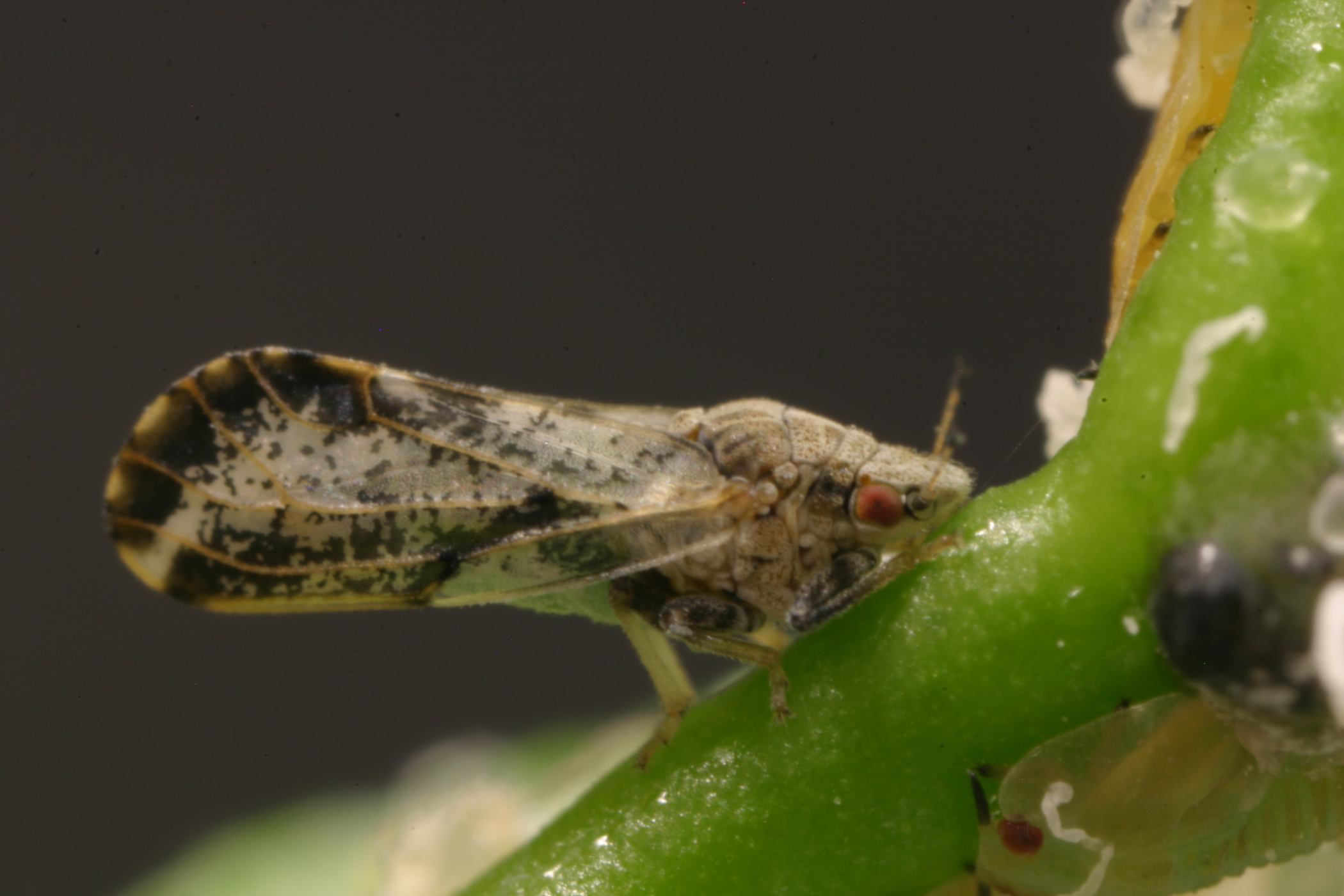Asian Citrus Psyllid (ACP)
Huanglongbing Discoveries in California
Recap of Huanglongbing Cases in California
News Release
Huanglongbing has now been confirmed in numerous communities in Los Angeles and Orange counties. These detections are disheartening, but the Citrus Pest & Disease Prevention Program, California Department of Food and Agriculture and county agricultural commissioners are taking aggressive steps to remove all diseased trees and educate homeowners about this critical threat to California citrus.
Here is a recap of the Huanglongbing activity in California to date:
Hacienda Heights:
HLB+ Trees = 2
HLB+ ACP = 1 (on the initial HLB detection site)
San Gabriel:
HLB+ Trees = 56
HLB+ ACP = 4 (on HLB+ tree sites)
Cerritos:
HLB+ Trees = 2
HLB+ ACP = 2 (1 on HLB+ tree site, 1 on a separate site)
Rosemead:
HLB+ Trees = 0
HLB+ ACP = 1
La Puente:
HLB+ Trees = 0
HLB+ ACP = 1
La Habra:
HLB+ Trees = 1
HLB+ ACP = 0
Anaheim:
HLB+ Trees = 11
HLB+ ACP = 8 (6 on HLB+ tree sites, 2 on separate sites)
Fullerton:
HLB+ Trees = HLB+ ACP = 1 (1 on HLB+ tree site)
In response to each and every HLB positive tree detection, CDFA conducts mandatory 800-meter response, which includes surveys and sampling of all host trees, treatments and removal of the confirmed HLB infected tree.
Nursery stock in quarantine areas is placed under USDA-approved screen facilities, where it is held and tested for two years, or it is destroyed. Outreach is done to homeowners and elected officials to educate them on the severity of the issue encourage them to help stop the spread of this devastating disease.















 In a ingenious effort to control the spread of the psyllid, t
In a ingenious effort to control the spread of the psyllid, t


















